While Western Carolina Power as it is known today has always been an integral part of Western Carolina University. Between 1909 and 1910, President Madison purchased an old grain mill building on the banks of the Tuckasegee River and installed a gas-powered generator inside to outfit the buildings with electricity. Allegedly, according to an issue of The Western Carolinian published for the 50th anniversary of the college, it was “…the first electric plant to be installed west of Asheville.” Even with the small demand for the power system at the time, it was still necessary for power generation to be supplemented by an auxiliary generator housed within the original steam plant (another project of Madison’s administration, installed to furnish the campus buildings with heat). This meager system proved adequate for the school’s needs in the 1910s and 1920s, as the residential student population and physical plant of the college remained consistent and small enough to be satisfied with intermittent improvements to the power system.
Flooding in the 1920s persistently damaged the electrical infrastructure, washing out the dam in both 1926 and 1928, and it was finally urgent to construct completely new infrastructure instead of retrofitting the old. Administratively, a new powerhouse and dam on the Tuckasegee River was initially discussed and approved by at least 1927 as an early part of this larger expansion campaign. Still, no budget was allocated to it until a few years later. The first round of powerhouse and dam work was completed in early 1930—a new electrical system to support a new decade of campus improvement as the institution completed its transition from a high school and a 2-year college to a 4-year liberal arts college.
Over the years, several electric companies made persistent bids to purchase or lease Western’s hydroelectric plant, but no successful deal was made. In 1930, J. E. S. Thorpe of Nantahala Power and Light Company (NP&L) expressed interest in establishing a lease on the hydroelectric plant, a precursor proposal to the deal that would later be made between NP&L and the university. The Cullowhee Flood of 1940 complicated matters, and led to the ultimate decision to maintain ownership of the plant and begin to exclusively buy power outright from NP&L. In April of 1939, the university made a new, more collaborative proposal suggesting that the university should continue to generate power while concurrently purchasing power from NP&L. In 1941, a contract was officially established between the university and NP&L for the university to purchase power from the company to both provide the school with electricity and to supply the surrounding non-university-affiliated community. A decade earlier, then-chairman of the board R. B. Robertson said that “…it might ultimately be advisable to purchase electricity rather than produce it,” and this is how Western Carolina University would operate from 1941 onward.
The Cullowhee Yodel, the initial form of the university’s long-running student-run newspaper, published an article on the 1930 completion of the new dam and power plant. In this article, there was explicit mention that the plant would also furnish power to the community. There is reasonable evidence that the university was providing power to the community earlier than this, but concrete evidence is not easily available. It is true that at that time, power lines owned by the Dillsboro & Sylva Electric Light Company did not extend to Cullowhee, and neither did NP&L lines until well after their 1929 origins. Using this information combined with photographs of the university campus and surrounding area from before the 1920s, it is reasonable to assume that the university is the power provided for those non-university houses. About 1938, the university was providing 100 non-university-affiliated people with electricity. In its initial days as a reseller of power to the community, Western serviced customers in a 3-mile radius of the campus administration building, as confirmed by a document by H.T. Hunter requesting that power be extended to East La Porte and a request by people living “on Weyahutta” to extend service to them. There is repeated, albeit brief, confirmation in the paper in the following decades that this continued to be how Western Carolina University sold power—they purchased electricity from a larger power company and then resold it to customers of Western Carolina Power.
Currently, Western Carolina Power exists as an auxiliary utility of the university and services over 3,800 customers in the area. NP&L, the company WCU originally bought power from, has ceased to exist after merging with Duke Power. Nevertheless, Western Carolina Power is fundamentally similar to how it existed as early as 1930 when a special university committee was first established to regulate the school’s purchase and sale of power and was subject to state laws and regulations. Available evidence suggests that the university began supplying power to the community because the rural nature of the area meant that there were no other options, and as time passed the university merely continued this practice.
